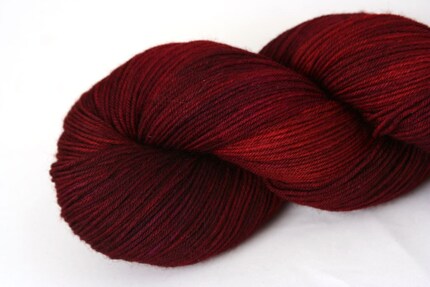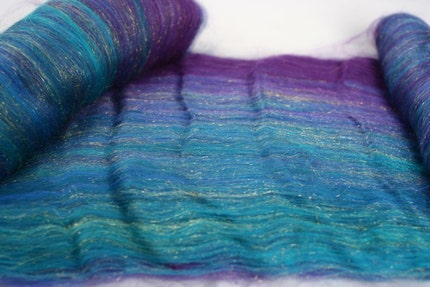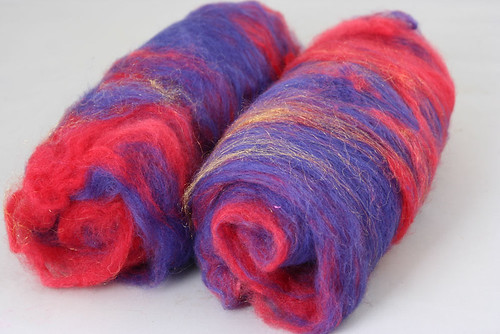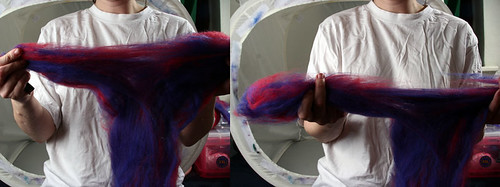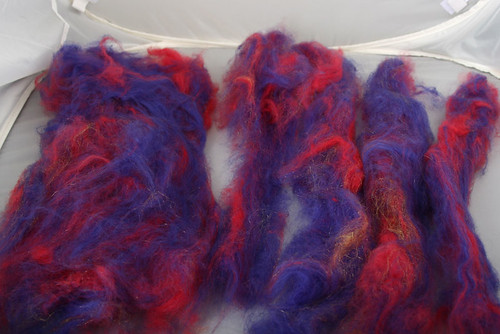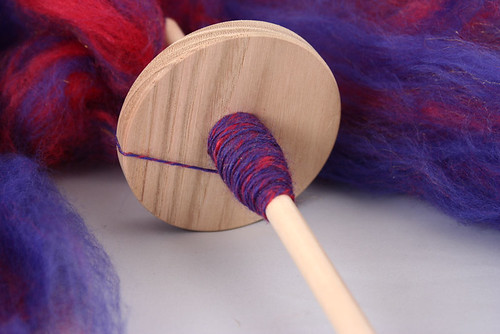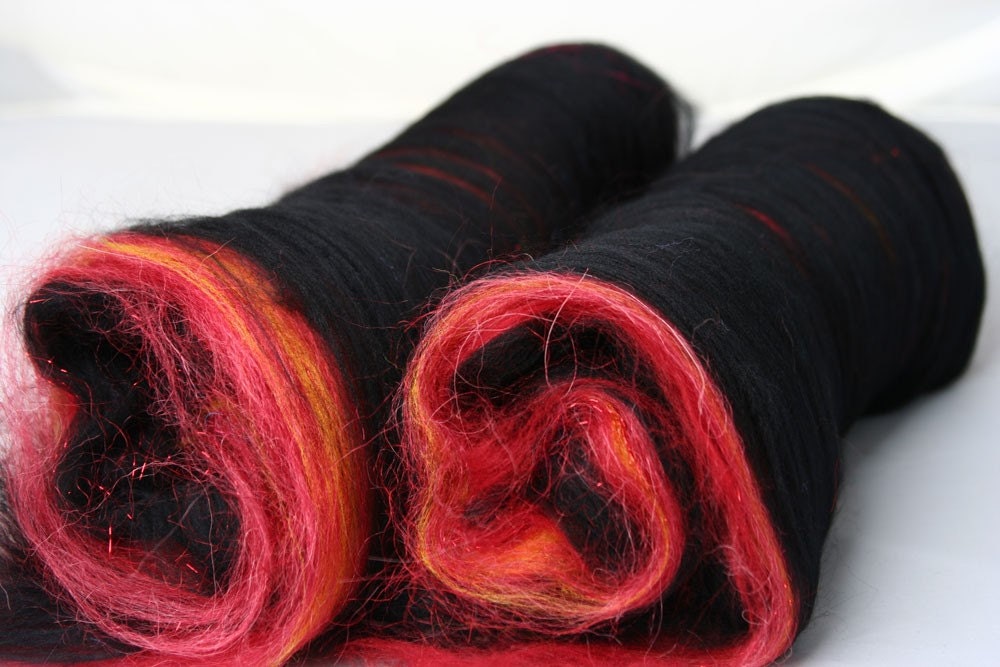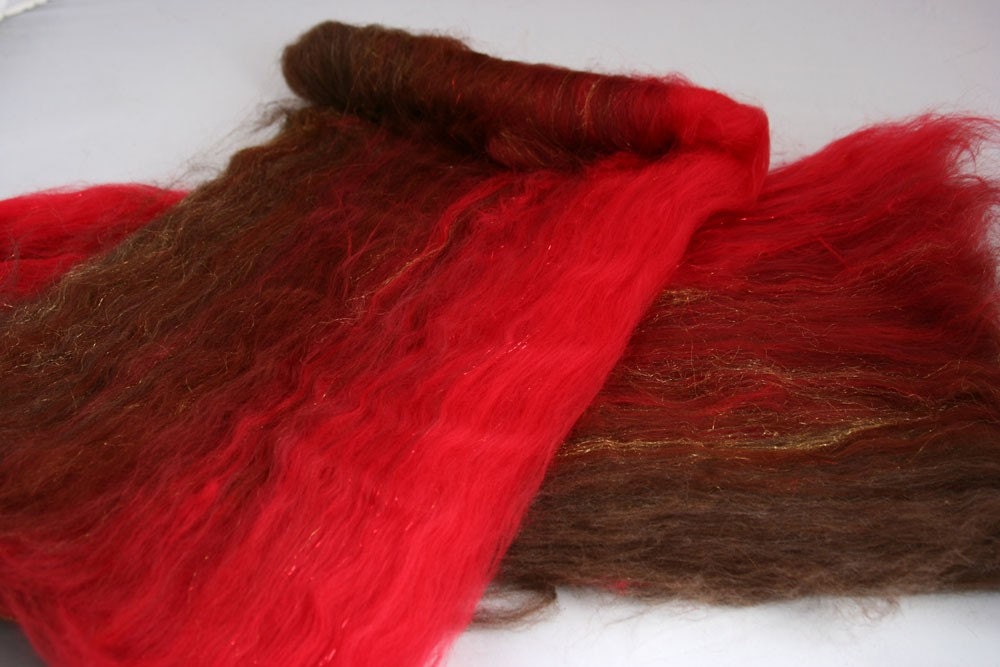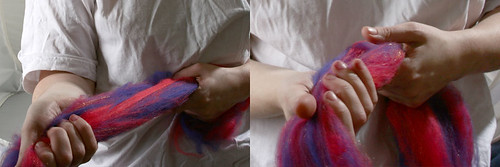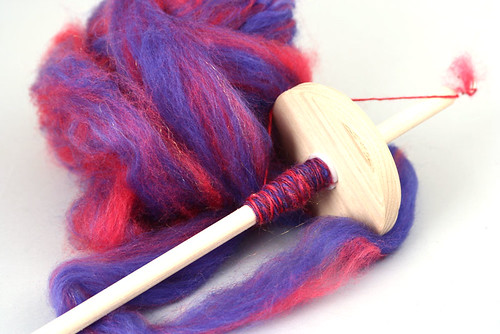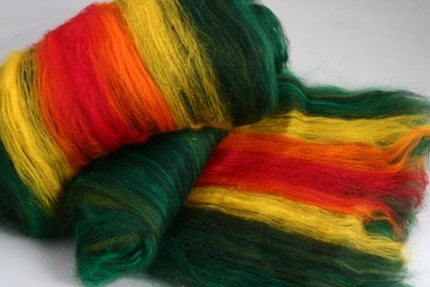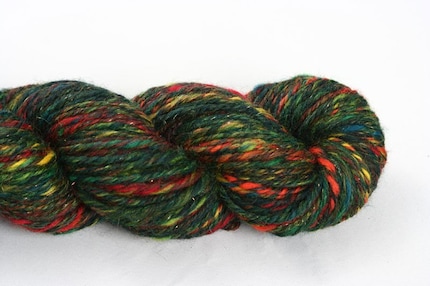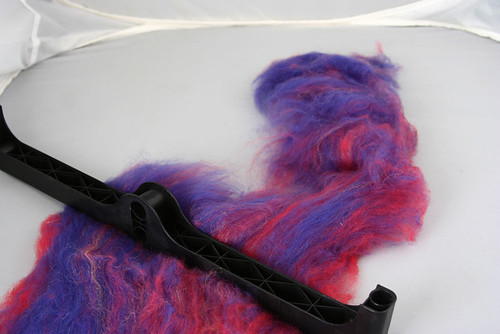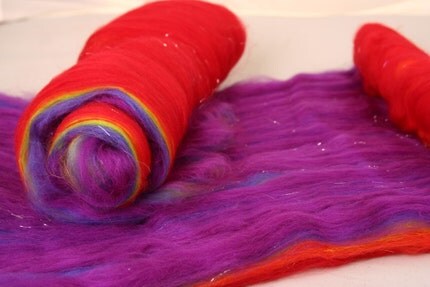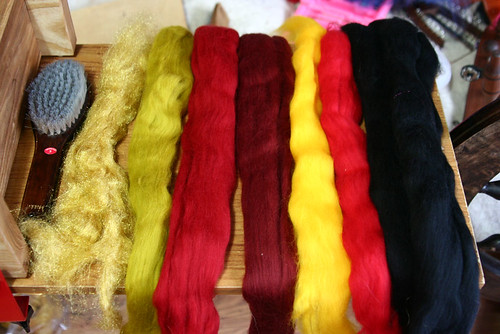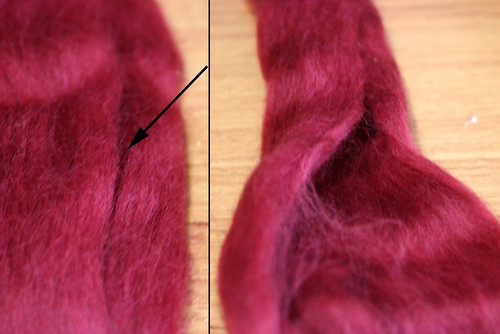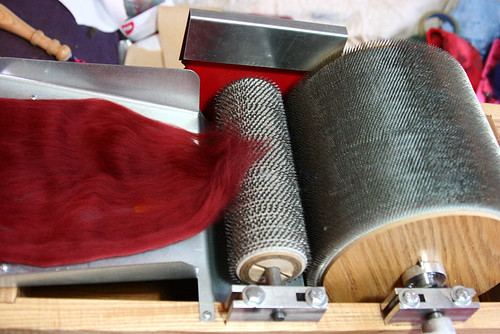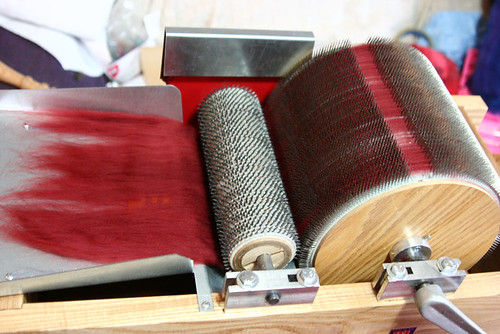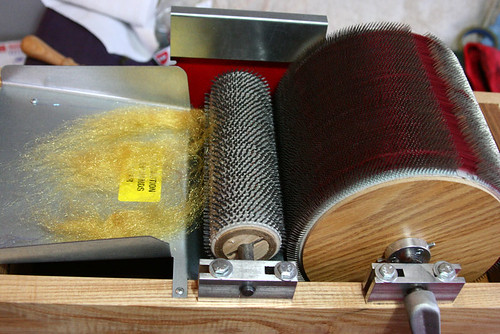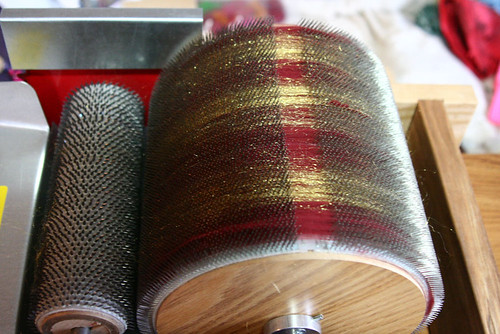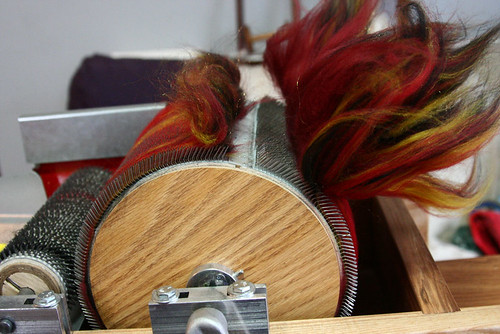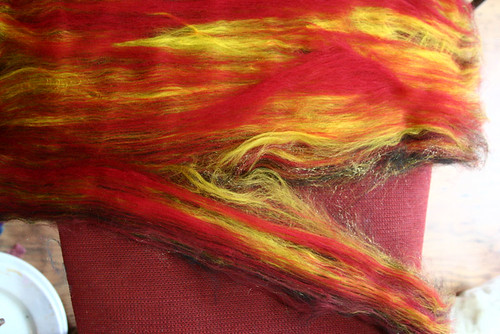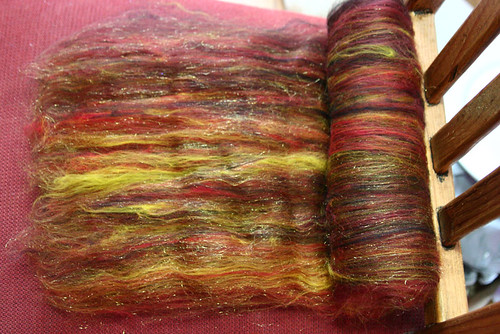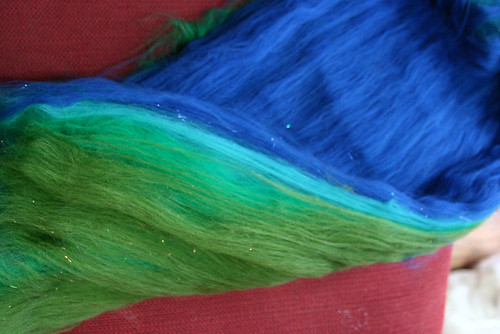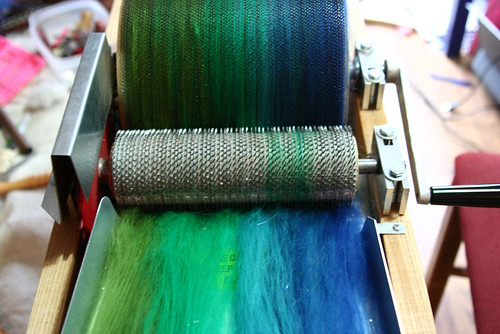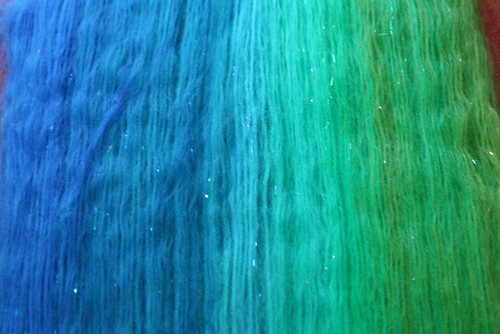I have a new cat. 2 years ago I found out that Nik’s sister’s cat was pregnant, and I immediately started begging….’if it has a grey one, can i have it pleease’. After the babies were born, there was indeed a grey one, but she decided to keep her. So i got mummycat, and mummycat had babycat, and my grey cat quota was filled. Then a month ago, she had to move into a new house, and cats weren’t allowed, so Nik begged and whined until i agreed that notsobabyanymoregreycat could come and live with me. Okay, so it didn’t take too much whining and begging, because I do have a soft spot for grey cats.
She is perhaps more annoying than most.
She arrived, we had her for about 5 days, and she was settling in well, so we decided to let her explore outdoors. We didnt feed her that morning so she’d be easy to tempt back with food. She hung around the garden with us for about half an hour, then climbed onto the fence, onto the extension on the back of the garage, onto a porch roof….then into next-door’s upstairs window. We called her but she wouldn’t come out, and 5 minutes later she gets booted out their front door. Then she wouldn’t come in. We chased her for about an hour before giving up and figuring she’d come home when she was hungry.
We were wrong.
We put up posters and ‘missing cat’ notes through everyone’s doors, and talked to lots of random people around the area, and no-one had seen her. One lady came round and said ‘there’s a grey cat in my garden who i’ve not seen before’, so we went running over, only to find mummycat sitting smugly on her fence. 2 weeks passed, and we were thinking she must have found somewhere else who’d feed her and liked them better than my house of cats and chickens. Then one morning Gren came into my room saying when he opened his curtains in the morning he was pretty sure he’d seen her walk past the end of the drive, but he had just woken up and his vision was a bit blurry. Later that evening she reappeared in the back garden and wouldn’t come in, but eventually she came round the front and i lured her with tuna. She was a bit skinny and her belly was totally empty, but not at all dirty, and not dehydrated at all. My cats get filthy when they are shut in a garage just for a few hours, so we are thinking she was locked in an empty house, and had access to water but no food.
When she first came back she just would not stop mewing and was really attention starved, she’d just walk around us crying…she even mewed herself to sleep, but now she seems to be calming down a bit, though she does have a strange obsession with sitting in the sink and drinking from a dripping tap. We kept her in for another week before trying to let her out again, and she’s not disappeared again yet.
Aaaaanyway, the point of all that rambling was, I went into the garden to try and get some nice photos of her, and took the real proper camera and everything (I’ve been rather lazy lately and using the point and shoot too much). She was nowhere to be seen, so i took a few other pics, and then found a few more on the memory card. So, for now at least, newcat will not feature on this blog, hopefully when she returns the sun will be less bright and I’ll actually be able to get some decent pics.
yes, my veggies are growing! potatoes, peas, carrots, lettuce, strawberries and raspberries. There are courgettes and purple sprouting broccoli in another bed, and some herbs, tomatoes, and chillis elsewhere too. This year I’ve actually managed to mostly remember to water stuff, and the only casualties have been cat or chicken related.
the climbing rose was very harshly cut back at the start of the season, but that seems to have just made it even happier

chickens with trousers are the best

Cookie, my cuckoo orpington. She is so friendly and doesn’t mind if you stroke her. I love her.

waking up to this every morning is awesome

sometimes i go into the living room in the morning and find lots of things on the floor. this is why.

mummycat teaches babycat how to watch the snake

When you need to test your lights and don’t have a model, a plastic clothes model in a zentai suit and a schoolgirl top is always a good substitute, though you need some rope to make sure you can hang it at torso height

my passap. i love it. i should use it more
I am going to venture outside for more photos, I am even considering taking the lensbaby, but i fear that i will want to take pics of the animals, and fiddly manual focusing on a moving object is not my idea of fun.









